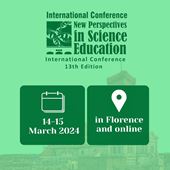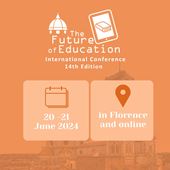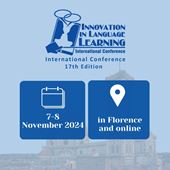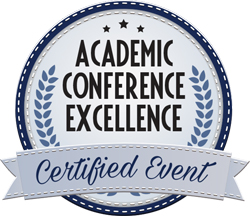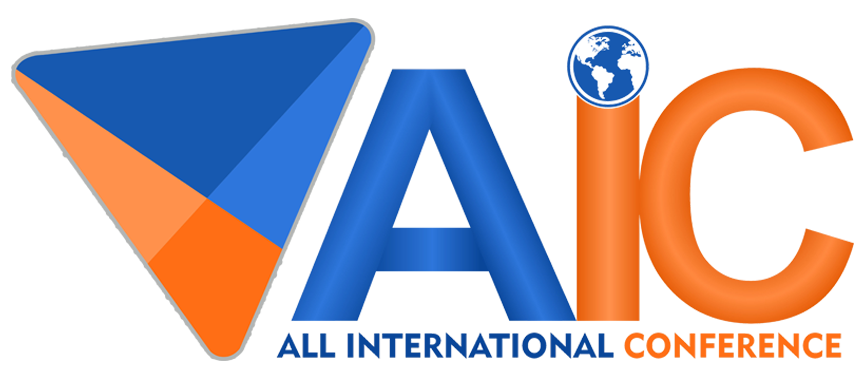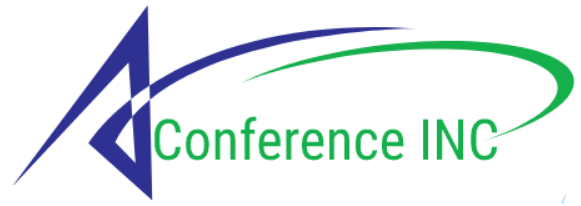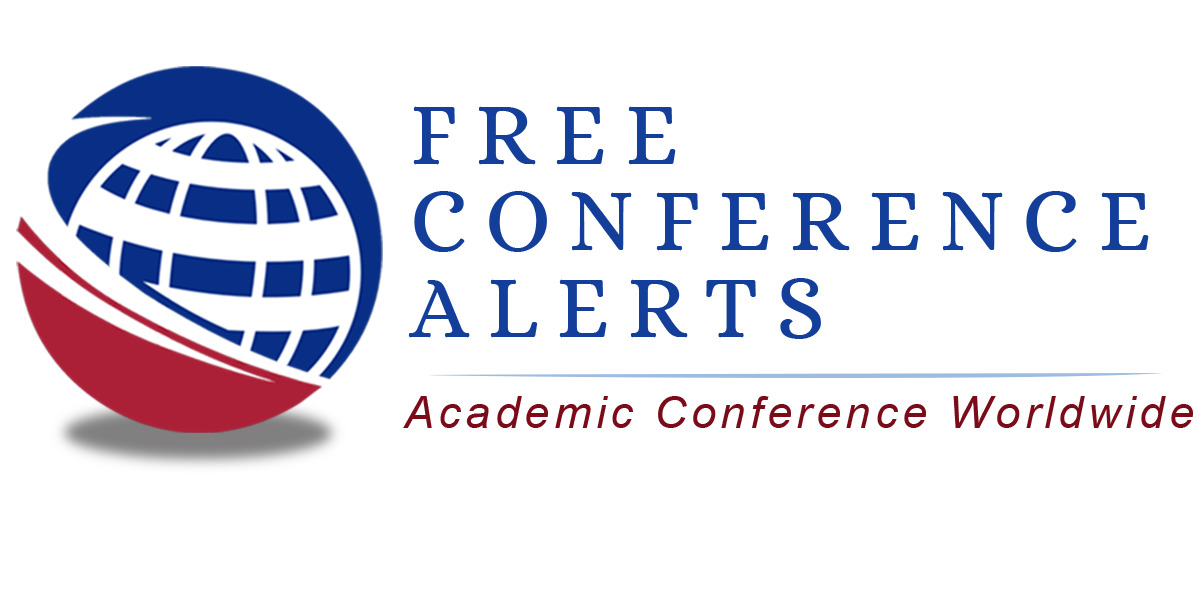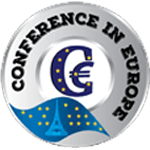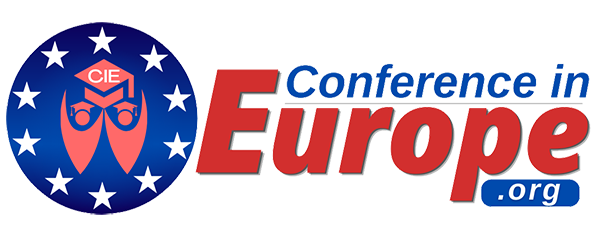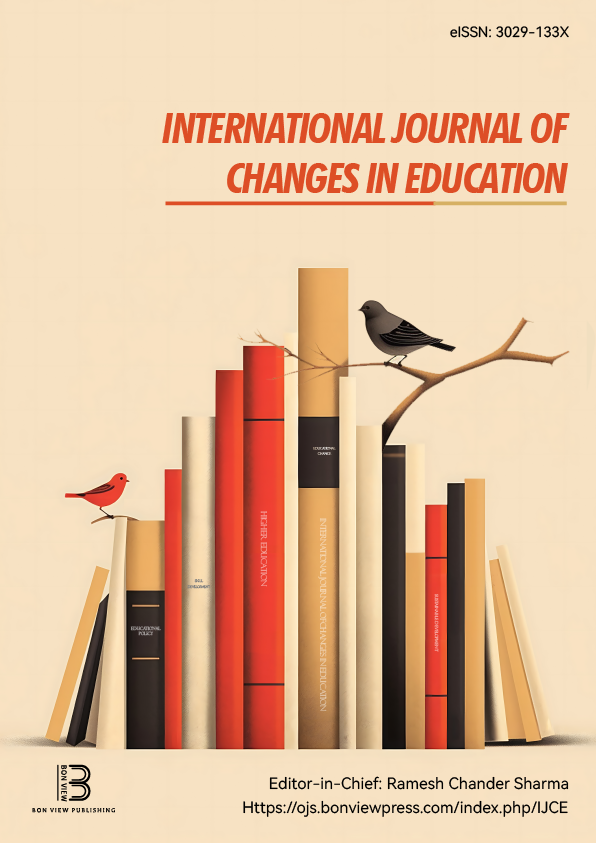Using ITC for the Teaching of Numerical Methods, a Didactic Situation
Rogelio Ramos, Facultad de Estudios Superiores CuautitlánnUniversidad Nacional Autónoma de México (Mexico)
Armando Aguilar, Universidad Nacional Autónoma de México (Mexico)
Frida León, Universidad Nacional Autónoma de México (Mexico)
Omar García, Universidad Nacional Autónoma de México (Mexico)
Miguel Pineda Becerril, Universidad Nacional Autónoma de México (Mexico)
Abstract
This proposal describes the design of a didactic situation for the subject of numerical methods. The tools and resources that are currently available make it necessary to design support material to improve the activities carried out in the classroom course; whose fundamental objective is to encourage the student to make use of conjectures from tests carried out on the computer with tfor their own software software for the methods considered, in addition to motivating the student to develop or create the strategies or logic to solve engineering problems, through the use of the methods considered; specifically, the student will be motivated to create the different types of diagrams that exist to represent a strategy that will be taken to the computer; likewise, the student will be motivated to apply some programming language to solve case studies applying the numerical methods included in the program of the Numerical Methods subject, using the computer. Some of the resources that will be used are: personal computer with indispensable characteristics to use tools such as office automation, applications for the evaluation and monitoring of students, virtual learning environments, social networks, communication, repositories, media, catalogs and electronic resources available at the National Autonomous University of México UNAM for its acronym in Spanish); in addition, free software tools will be used for graphing and symbolic and numerical calculation; as well as a package of programs created and developed at FES Cuautitlán. Thus, the objective of the proposal is to promote digital skills in students to master access to information, acquire the ability to communicate and collaborate online, achieve motivation to participate in Virtual Learning Environments, among others.
Keywords: Application of ICT, Teaching, Numerical Methods
References
- DGTIC, UNAM. (2014). Digital skills matrix. Retrieved from http://www.educatic.unam.mx
- Freiman, V. (2008). Virtual problem solving opportunities to meet the needs of the net generation: Knowledge building, knowledge sharing and being part of the community. In P. Liljedahl, S. Oesterle, & C. Bernèche (Eds.), Proceedings of the 2008 annual meeting of the Canadian Mathematics Education Study Group/Groupe Canadien d'Étude en Didactique des Mathématiques(pp. 85-94).
- Larsen, J. (2016). Negotiating meaning: A case of teachers discussing mathematical abstraction in the blogosphere. In M. B. Wood, E. E. Turner, M. Civil, & J. A. Eli (Eds.), Proceedings of the 38th annual meeting of the North American Chapter of the International Group for the Psychology of Mathematics Education(pp. 331-338). Tucson, AZ: The University of Arizona.
- Social media. (2017). In Merriam-Webster online. Available at: https://www.merriam-webster.com/dictionary/social%20medi
 New Perspectives in Science Education
New Perspectives in Science Education
